Don’t Get Squished: How To Survive The Sandwich Years
This article was written by Randy Cass of Nest Wealth and was originally published on January 15th, 2016.
Your 40s and 50s bring a new, different kind of financial challenge.
In your 20s and 30s, you probably struggled with the question of how to make enough money. You skimped on luxuries to pay college loans, save for a house and to get yourself established in the right career.
In your 40s and 50s, the questions change. You hit your peak earning years (statistically, from about 40 to 55). Now, you’re not thinking as much about how to make money as about how to set your priorities. You have a mountain of obligations: Kids. Helping your parents. Saving for your own retirement. You’d have to be superman, or superwoman to meet all of these obligations as well as do what you like. How do you manage?
Everybody’s situation is a little different, but I advise people to use these four rules to help them survive the sandwich years. You’re the meat in the middle that has to keep everybody nourished.
1. Be an Over-Communicator When it Comes to Money.
The taboo around talking about money remains strong, and it was even stronger in the past. That means your parents might be particularly closed when it comes to sharing with you their money situation. But if you’re going to help them, you need to know what you’re up against. Make a list of questions in advance, including how much they have in savings, checking and investments accounts, and whether they have a will or an estate plan. Ask for a list of their account numbers.
With your kids, the most important thing to communicate is what the limits are and what you expect from them. Will they need to get a part-time job? How much should they expect to spend each month based on what you can provide? Will you pay for graduate or undergraduate education?
2. Put Yourself First, at Least Ahead of Your Kids.
When it comes to your retirement savings, you don’t have that much time left to compound your investments. And, there are other sources of support for your kids’ education: they can work, or get a loan.
3. Tap Professionals as you Need Them.
In your 20s and 30s, you didn’t need attorneys and wealth managers: You didn’t have legal issues or enough money. I’ve seen many clients who were reluctant to seek outside advice, but now that you’re coping across generations, a reasonably priced professional could be worth his or her weight in gold.
4. Have a Cash Reserve.
I usually suggest that everyone have three-six months worth of cash on hand. But, in your sandwich years, turn the dial up toward six months worth. Somebody is going to need something: Either your parents, or your kids. Be prepared. Randy Cass is the CEO, Founder, and Portfolio Manager at Nest Wealth. Randy is committed to providing Canadians with a personalized and professional wealth management solution that lets them keep more of their money.
Sign up to to our newsletter to hear weekly updates on market news, timely buyer/seller tips, and up to date rates



MICK GILL
Tel: 604-828-1557
Email: gillmortgageteam@gmail.com
SHEILA GILL
Tel: 604-828-5141
Email:
gillmortgageteam@gmail.comm
DYLAN GILL
Tel: 778-255-1557
E-mail:
gillmortgageteam@gmail.comom
OFFICE
22314 Street NW
Calgary AB
T2N 1Z6
Compliance Officer:
Gord Appel
(403) 714-4663
gord.appel@axiom.ca
Broker Of Record:
Gord Ross
800-517-8670 ext 301
gord@axiommortgage.ca


